Trichophorum
Deergrasses
~ Identification by stem-section
The two species are strikingly different in cross-section, and there would be few problems of separation.....
..... if not for the frequent presence of their hybrid T. × foersteri !
A microscope is needed, though not necessarily of great power.
Download the following comparison ⇓here (350KB JPEG; opens in a new window)
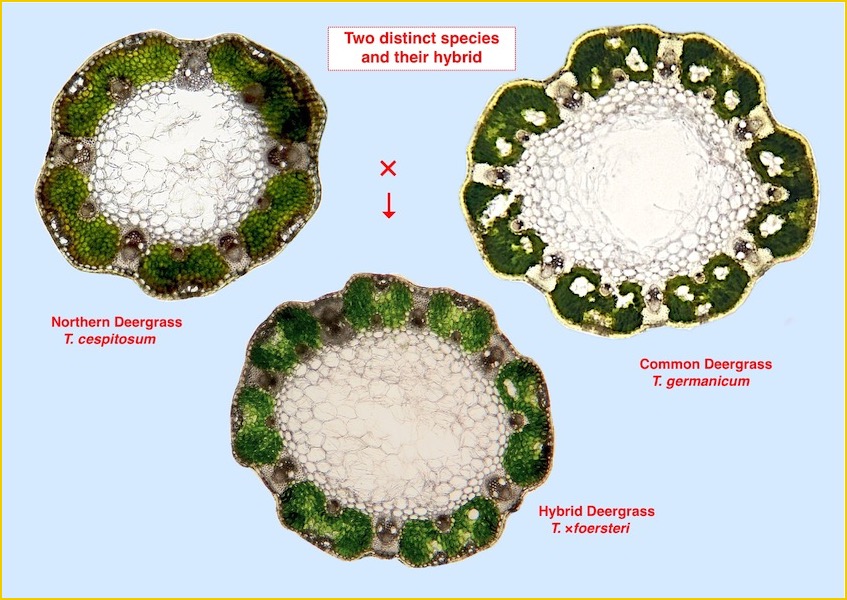
You can download the following three explanatory diagrams below (the labelled ones) as PDFs – these open in new windows; allow a few seconds.
- T. cespitosum ~ Northern Deergrass (956 KB): ⇓PDF
- T. × foersteri ~ Hybrid Deergrass (468 KB): ⇓PDF
- T. germanicum ~ Common Deergrass (640 KB): ⇓PDF
Hopefully these diagrams will clarify the differences. Let me know if you think differences can be more clearly stated, or caveats needed.
————————————————————————————————
T. cespitosum ~ Northern Deergrass
‘Solid’ green tissue with no air-channels; sub-stomatal pits large:
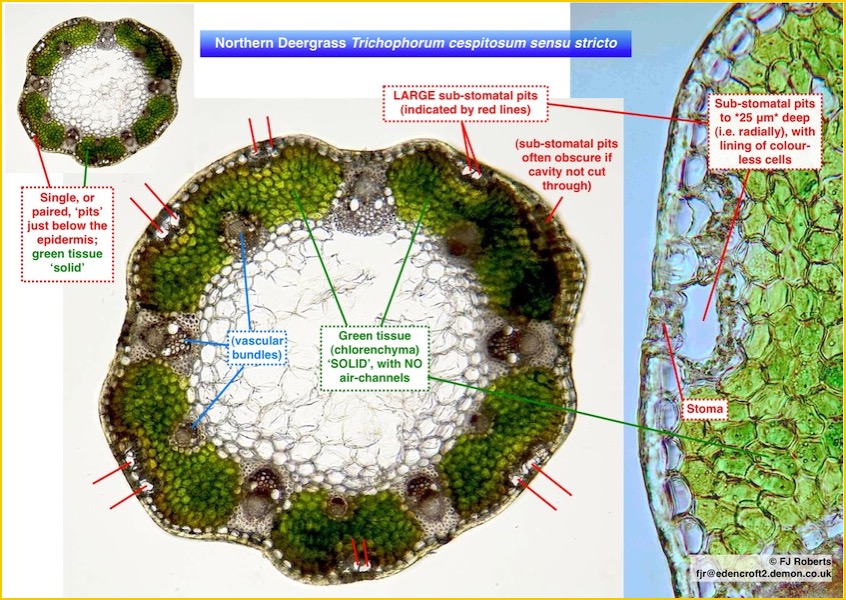
————————————————————————————————
T. ×foersteri ~ Hybrid Deergrass
Intermediate. Green tissue has air-channels (very variable extent); sub-stomatal pits obvious, but rather smaller than in T. cespitosum: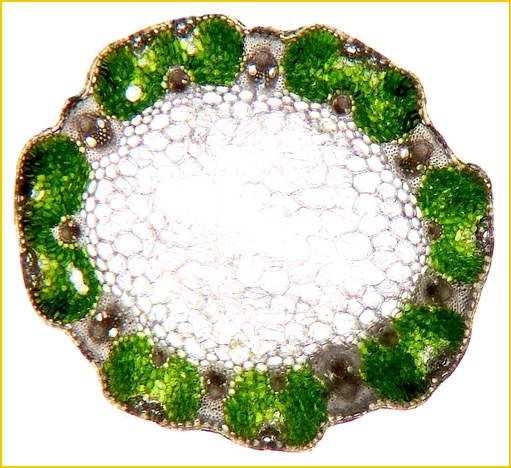
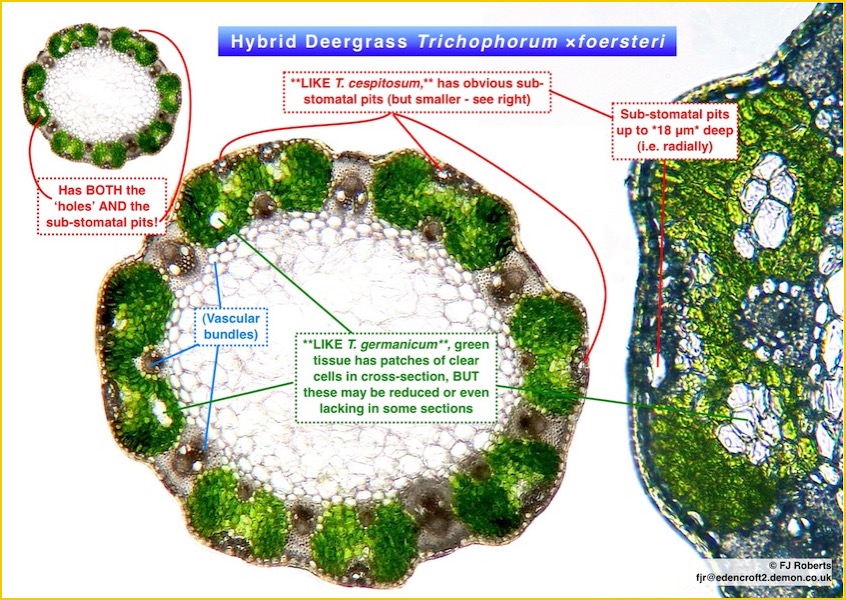
Green tissue has “islands” of clear cells, but very variable in extent (three examples below); but note sub-stomatal pits do not vary much in size.
(See ⇒next page (stem vertical section) for a possible explanation of this pattern.)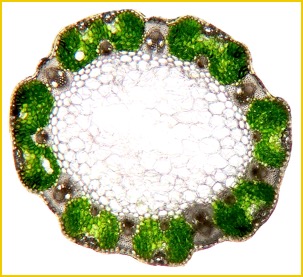
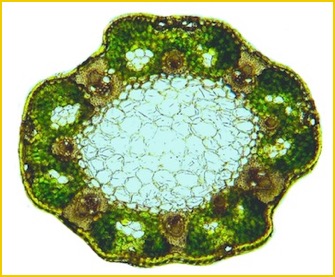
Hybrid Deergrass T. ×foersteri : three different sections
————————————————————————————————
T. germanicum ~ Common Deergrass
Green tissue has large air-channels. These are often larger than this example, but are then very distinctive. Sub-stomatal pits are tiny – hardly visible, and hence contrasting strongly with the hybrid.
(However, beware some areas of clear cells below stomata: see red caption in the second diagram.)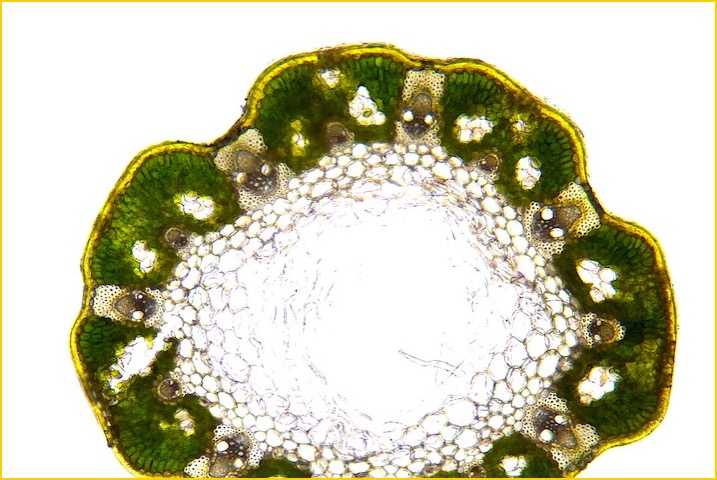

Links to other pages
Summary pages
Identification pages
Other information
